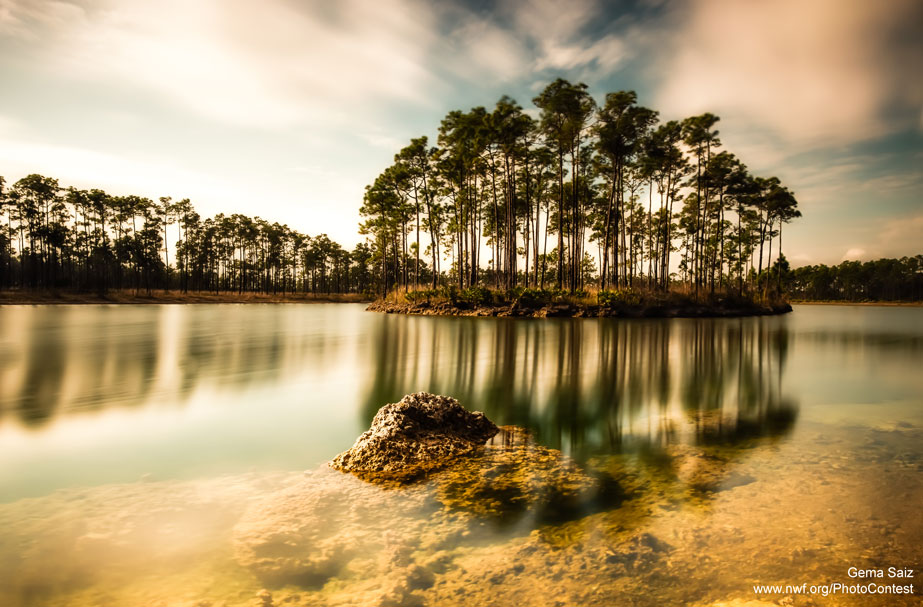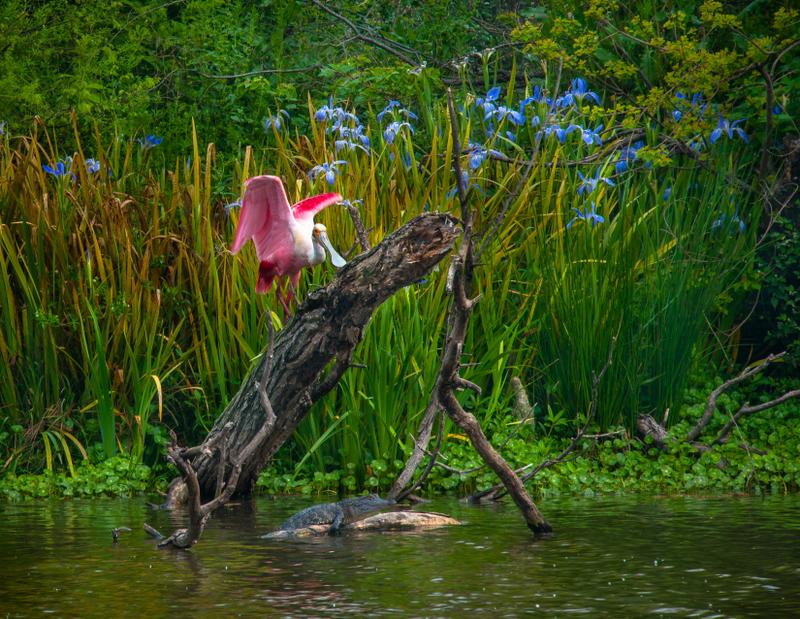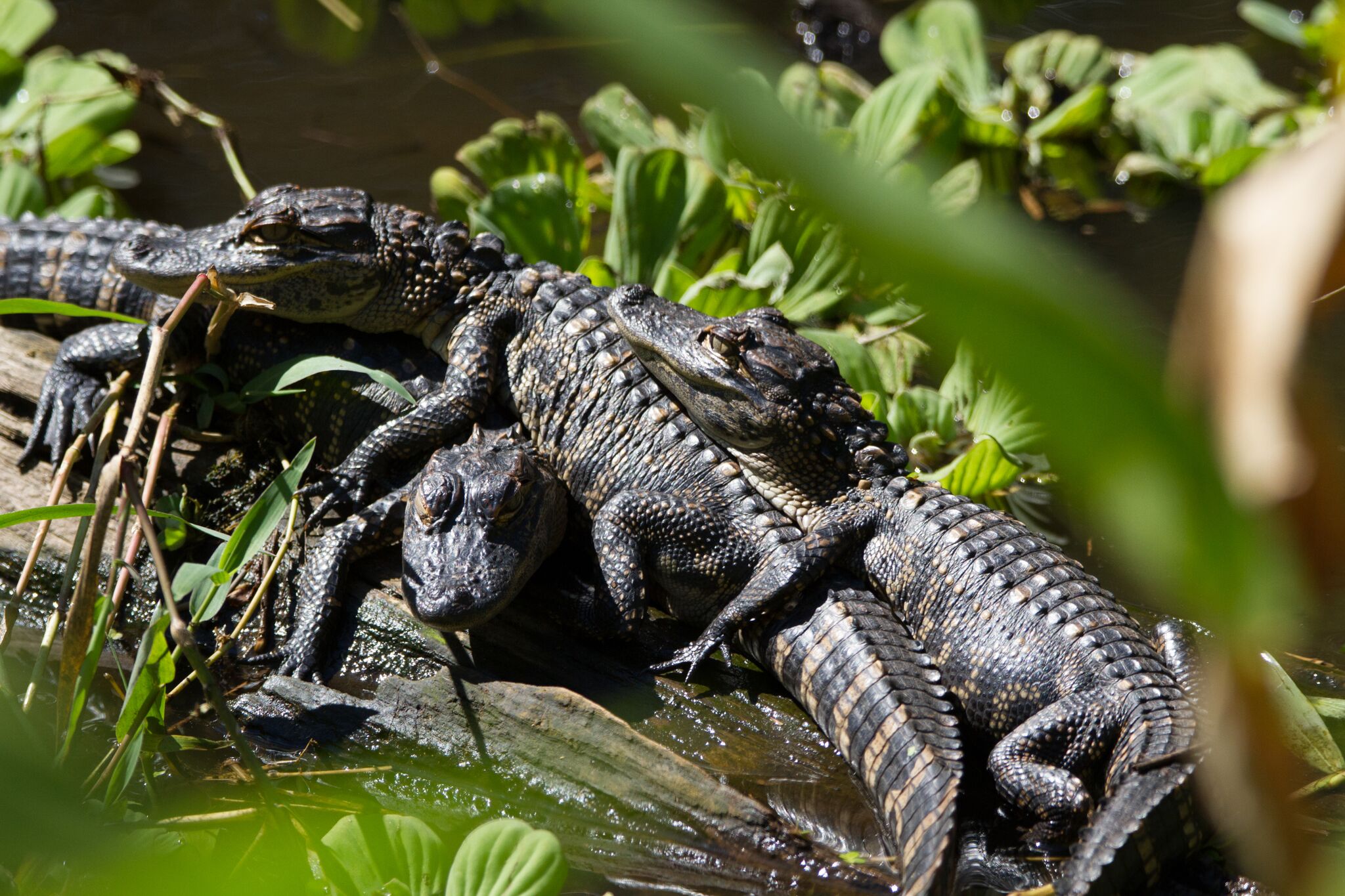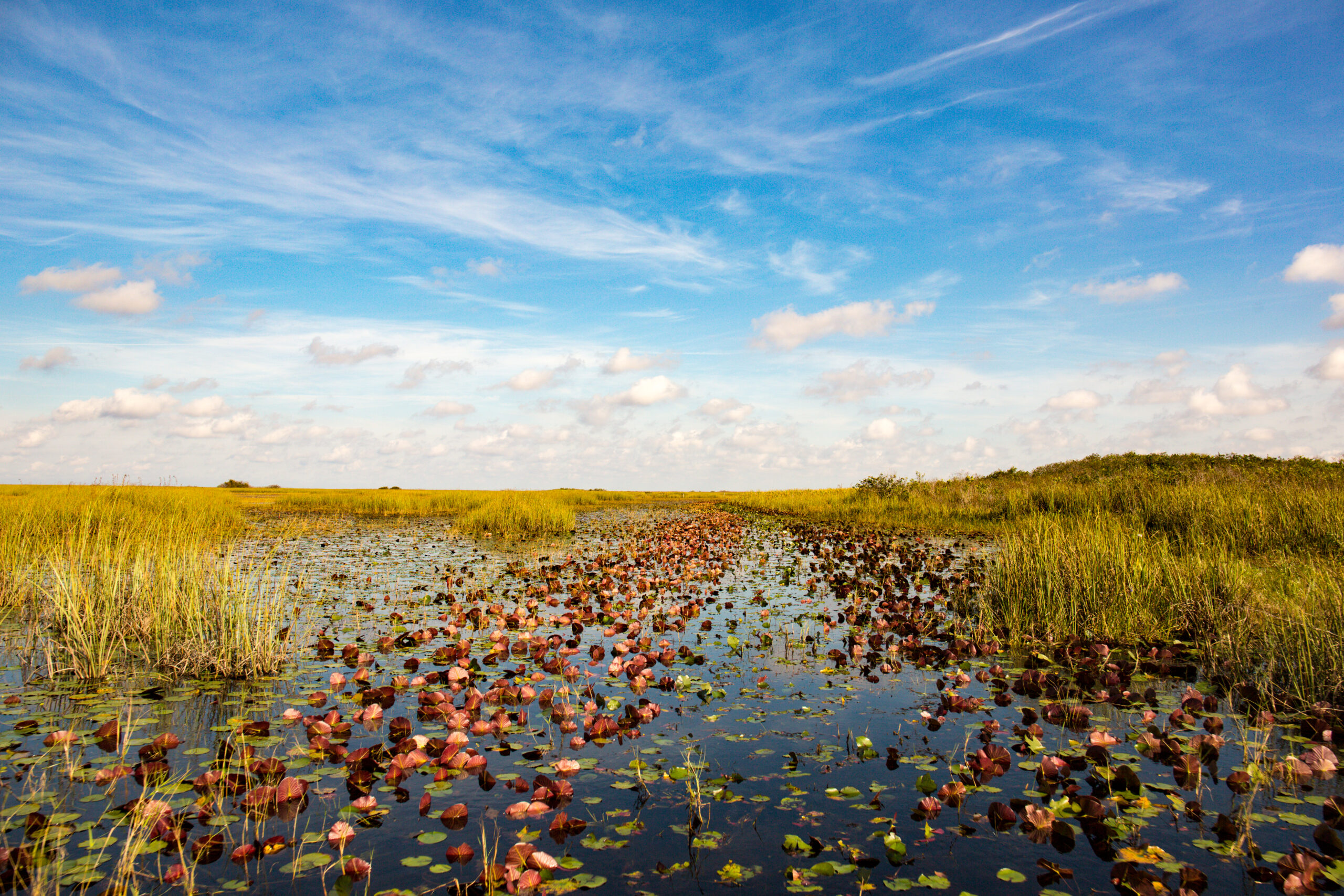We have much more to do and your continued support is needed now more than ever.
Celebrating Restoration in the heart of America’s Everglades

We are celebrating major milestones for Everglades restoration, including securing record investments for restoration and seeing projects decades in the making coming online. In the heart of America’s Everglades, for example, construction on the Everglades Agricultural Area Reservoir has begun and water is flowing through the project’s stormwater treatment area for the first time. Now is the time to build on that momentum and get Everglades restoration across the finish line.

America’s Everglades
From clusters of cypress trees and hardwood hammocks to freshwater prairies and coastal mangroves, America’s Everglades is a unique patchwork of wildlife habitat all connected by one thing: water. This slow-moving, rain-fed “river of grass” once covered roughly 11,000 square miles from headwaters in the Kissimmee Chain of Lakes, spilling over Lake Okeechobee’s brim all the way south through what is now Everglades National Park and into Florida Bay.
Unfortunately, efforts to drain the Everglades for development and agriculture in the early 1900s have unbalanced the flow of water. As a result, Lake Okeechobee’s lifegiving waters have been cut off from the rest of the system. Instead, water is redirected to the east and west coasts through the St. Lucie and Caloosahatchee estuaries. Today this once vast ecosystem is now half its original size, and water isn’t where it should be when it should be.
The Problem:
When Lake Okeechobee water levels rise during the wet season, water managers must pump the nutrient-rich water into our coastal estuaries where it can fuel toxic algae blooms that kill fish and wildlife, close businesses, and impact public health.

Recurring toxic blue-green algae outbreaks coupled with the worst red tide in over a decade, have severely impacted Florida’s wildlife, economy, and public health. A recent study examining the economic impact of harmful algae outbreaks in Southwest Florida found that if southwest Florida experienced another event similar to 2016 and 2018, the coastal base economy would lose over $460 million in commercial and recreational fishing, over 43,000 jobs, $5.2 billion in local economic output, $17.8 billion in property values, and over $8 billion in the value of outdoor recreation. Unfortunately, the increased rainfall in Florida this dry season and higher than average Lake Okeechobee levels threaten to produce yet another harmful water quality event in the coming months.

Restoration is the key.
Thankfully, we have a solution to Florida’s water woes – restoring America’s Everglades. For over two decades, the state and federal governments have worked together to design, authorize, build, and maintain a suite of restoration projects designed to provide the “river of grass” with clean, freshwater in the right places at the right time. These projects are designed to restore the Everglades and increase the flexibility of water movement through the entire system in order to benefit wildlife and communities alike.
EAA Reservoir
In the heart of the Everglades, construction has begun on a critical restoration project – the 240,000 acre-foot Everglades Agricultural Area Reservoir. Building on this groundbreaking, state and federal agencies have turned the pumps on, allowing water to flow into the 6,500 acre EAA Reservoir Stormwater Treatment Area (STA). The reservoir and STA areas together are bigger than Manhattan and Staten Island combined.
Once completed, the reservoir will store excess water from Lake Okeechobee, reducing the pressure on water managers to pump nutrient rich water to the east and west coasts when lake levels get too high. The EAA stormwater treatment area will use natural marsh vegetation to filter and clean water before it flows south to rehydrate the Everglades and restore the freshwater balance to Florida Bay.

Together with other projects, it will reduce the damaging discharges from Lake Okeechobee to the east and west coasts by 55% and will send roughly 120 billion gallons of clean water south to the Everglades and Florida Bay each year.
Help Spread the Word:
Thanks to the support of people like you who have raised your voice in support of Everglades restoration, we have been able to secure record investments in recent years. As a result, we are now at a moment of unprecedented momentum towards achieving comprehensive Everglades restoration and safeguarding the economic, cultural, and ecological benefits of this national treasure.
Record funding for the Army Corps of Engineers, including through the Bipartisan Infrastructure Investment Act, has allowed the Corps to work with state partners to expedite the completion of restoration and water infrastructure projects that improve water management across the Everglades and South Florida.
To continue this momentum and keep Everglades restoration on track, Congress must fully fund the Army Corps South Florida Ecosystem Restoration efforts in fiscal year 2024.






















